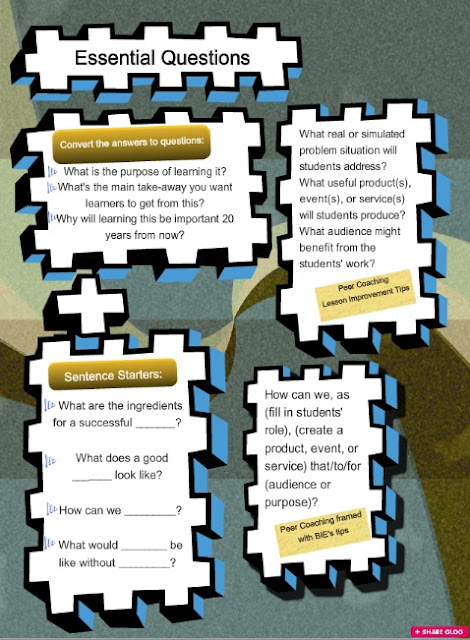Our first Web 2.0 Smackdown
After experiencing the EdubloggerCon ISTE 2011 Web 2.0 Smackdown , I knew I wanted to see this in our district during professional development. To add to that idea, I read a post by Patrick Larkin , Burlington High School Principal, about their flipping the Smackdown to the beginning of their Professional Development as a preview for their breakout sessions. Our Collaboration Coaches , are just the people to introduce this idea to. They are passionate learners, collaborators, and focus on creating student-centered classrooms. Our version of a Web 2.0 Smackdown Any participants could share whatever tools/resources connecting to lesson improvement, coaching skills, or tech integration. The process: Submit topic and link to your visuals before we meet (collected in a Google Form). On the day we meet, present for 2 minutes live or show a recorded "trailer" for us. After smackdown, we'll vote for one to learn more about. Tools and Resources Here's what th


